People Like Us/Vicki has been reviewed in, amongst others, The Wire, BBC website, Bizarre Magazine, Rolling Stone, Frieze, The Independent, Record Collector, Time Out, Film Comment, The Guardian, The Scotsman, XLR8R, Baltimore City Paper, Sight and Sound, NME, Metro and San Francisco Bay Guardian, and interviewed for Found Footage Magazine (2016), The Observer (2006), Filmmaker Magazine (2015), The Wire (2014, 2011, 2008, 1999), Sight and Sound (2013), a-n Magazine (2012), Wired (2012), RadioWeb MACBA (2010), Sound and Music (2011), Sound Projector (2012, 2000), Bizarre Magazine (1999), NME (1995, 1996). On radio I’ve been interviewed on Late Junction (2016), Soundproof (ABC Radio National 2016), WDR 3 Open Sounds (WDR 2016), Cutting Up The Cut Up (BBC Radio 4 2015), North by Southwest (British Council 2012) PM (BBC Radio 3 2010), Twenty Minutes (BBC Radio 3 2009) and Mixing It (BBC Radio 3 2004). Please note: we no longer update this section very often because the internet is effective in finding these things, unlike the old days of magazine articles
Interview about Copyright on Ableton site (Nov 2016)
Interview on Soundproof (ABC Radio National) (July 2016)
Interview in Found Footage Magazine (April 2016)
Interview in Venture Engraved Magazine (March 2016)
Interview on WDR (Feb 2016)
Interview on Late Junction (BBC Radio 3) (Jan 2016)
Documentary about People Like Us (Jan 2016)
Interview in Filling Station Magazine Issue 63 with Peter Jaeger (Sept 2015)
Cutting Up The Cut-Up (BBC Radio) (June 2015)
Feature in The Wire Magazine (Psychic Jams) (August 2014)
Interview with The Wire Magazine (Feb 2014)
Interview in SyncTank about Gesture Piece (Sept 2013)
Interview in a-n magazine about Gesture Piece (Sept 2013)
Feature on our Random Acts commission in Televisual (June 2013)
Interview in Sight and Sound magazine and Clipping (May 2013)
Interview in De-Bug (February 2013)
Interview with City Sonic, Brussels (September 2012)
Review in The Wire of People Like Us & Ergo Phizmiz The Keystone Cut Ups DVD on Illegal Art (October 2012)
Review in Wired of People Like Us & Ergo Phizmiz Moon Magic 7″ on Illegal Art (August 2012)
Mention of Radio Boredcast by Radio Web MACBA (April 2012)
Interview in Wired about Radio Boredcast (March 2012)
Essay by Vicki Bennett in The Wire magazine’s Collateral Damage page http://thewire.co.uk/articles/8439/ (March 2012)
Review of AV Festival 12 in The Guardian (March 2012)
Blogpost by Vicki Bennett about Radio Boredcast for AV Festival 12 (February 2012)
Interview with Vicki about Radio Boredcast for AV Festival 12 by Pixel Palace (December 2011)
The Doors of Perspection preview in The Independent (29 July 2011)
The Doors of Perspection preview in The Independent 2 (29 July 2011)
The Doors of Perspection review in Front Row Reviews (July 2011)
People Like Us interview in Invisible Jukebox in The Wire (July 2011)
Review of Welcome Abroad in Groovemine (May 2011)
People Like Us feature in XLR8R (May 2011)
Review of More Soup And Tart In The Wire Magazine (June 2011)
People Like Us Chart In The Wire Magazine (June 2011)
Expanded Video exhibition at Maxxi – pdf (April/May 2011) More documentation here.
Review of Welcome Abroad in Letters With Mixtapes (May 2011)
Review of Welcome Abroad in AOL/Spinner (May 2011)
Review of Welcome Abroad in Dusted (May 2011)
Review of Welcome Abroad in Unheard Music (May 2011)
Review of Welcome Abroad in Decibel Tolls (March 2011)
The Keystone Cut Ups (People Like Us & Ergo Phizmiz) in Aesthetica Magazine (September 2010)
The Keystone Cut Ups (People Like Us & Ergo Phizmiz) in The Scotsman (September 2010)
The Keystone Cut Ups (People Like Us & Ergo Phizmiz) in IDMb News (September 2010)
The Keystone Cut Ups (People Like Us & Ergo Phizmiz) in The Guardian Guide (September 2010)
Interview and feature about The Keystone Cut Ups (People Like Us & Ergo Phizmiz) in Berwick Advertiser (September 2010)
Interview and feature about The Keystone Cut Ups (People Like Us & Ergo Phizmiz) in Kyeo TV (September 2010)
Review of The Keystone Cut Ups (People Like Us & Ergo Phizmiz) in Observealot (September 2010)
Review of Music For The Fire in Sound Projector (2011)
Review of Music For The Fire (People Like Us & Wobbly) in Rumore (September 2010)
Review of Music For The Fire (People Like Us & Wobbly) in Record Collector (August 2010)
Review of Music For The Fire (People Like Us & Wobbly) in Sentireascoltare (July 2010)
Review of Music For The Fire (People Like Us & Wobbly) in Skug (July 2010)
Review of Music For The Fire (People Like Us & Wobbly) in RifRaf (July 2010)
Review of Music For The Fire (People Like Us & Wobbly) in Go Mag (July 2010)
Review of Music For The Fire (People Like Us & Wobbly) in Magic (July 2010)
Preview of the People Like Us exhibit at Edinburgh Printmakers Prints of DarknessThe List (June 2010)
Review of Music For The Fire (People Like Us & Wobbly) in Playground (June 2010)
Music For The Fire (People Like Us & Wobbly) in Huw Stephens’ Radio show BBC Radio 1 (June 2010)
Review of Music For The Fire (People Like Us & Wobbly) in Limewire Music Blog (June 2010)
Review of Music For The Fire (People Like Us & Wobbly) in MusicOMH (June 2010)
Music For The Fire (People Like Us & Wobbly) in Stuart Maconie’s Radio show BBC Radio 6 (June 2010)
Review of Music For The Fire (People Like Us & Wobbly) in My Old Kentucky Blog (June 2010)
Review of Music For The Fire (People Like Us & Wobbly) in Polychromic (June 2010)
Review of Music For The Fire (People Like Us & Wobbly) in Beyond The Noize (June 2010)
Review of Music For The Fire (People Like Us & Wobbly) in aaamusic (June 2010)
Review of Music For The Fire (People Like Us & Wobbly) in Little Village Mag by Kembrew McLeod (May 2010)
Music For The Fire gets Radio 1 airplay (May 2010)
Article on the Recycled Film Symposium at AV Festival in axisweb (May 2010)Axisweb website
Review of Genre Collage in Baltimore City Paper (April 2010)
Review of MACBA’s Variations program, which Genre Collage is a part of (February 2010)
Review of Genre Collage in Film Comment magazine (January 2010)
People Like Us co-curate an evening at AV Festival (March 2010)
Nothing Is New, Everything Is Permitted – People Like Us play at AV Festival (March 2010)
BBC News – about People Like Us Baudrillard cassette (January 2010)
BBC News Front page (January 2010)
BFI Southbank (December 2009)
Straight.com (October 2009)
Alienated In Vancouver (October 2009)
Jean Baudrillard Le Xerox et l’Infini – Hard Format (August 2009)
Jean Baudrillard Le Xerox et l’Infini – Aquarius Records (August 2009)
Time Out – Critics Choice (August 2009)
Withers In The Waking review – Heathen Harvest (July 2009)
Interview in Crawdaddy (July 2009)
Rhapsody in Glue – Liability (March 2009)
Withers In The Waking review – Record Collector (January 2009)
Withers In The Waking review – Norman Records (December 2008)
Interview with People Like Us – Blow Up (December 2008)
Withers In The Waking review – Aquarius (December 2008)
Withers In The Waking review – Boomkat (December 2008)
Smiling Through My Teeth review – Bad Alchemy (November 2008)
Smiling Through My Teeth review – Hair Entertainment (October 2008)
Rhapsody In Glue review – Goute Mes Disques (November 2008)
DO or DIY chart – The Wire (October 2008)
Smiling Through My Teeth review – Orkus (November 2008)
Smiling Through My Teeth review – Rumore (October 2008)
Rhapsody in Glue review – Blow Up (September 2008)
Smiling Through My Teeth review – Westzeit (October 2008)
Smiling Through My Teeth review – Ox (October 2008)
Smiling Through My Teeth review – Le Son Du Grisli (September 2008)
Smiling Through My Teeth review – Sound Projector (May 2008)
Smiling Through My Teeth review – Frieze magazine (September 2008)
Rhapsody In Glue review – Pop News (September 2008)
Smiling Through My Teeth review – Octopus Record Of The Week (September 2008)
Smiling Through My Teeth review – Rock Delux(September 2008)
Smiling Through My Teeth review – D Side(September 2008)
Smiling Through My Teeth review – Titel Magazine (September 2008)
Smiling Through My Teeth review – Schlendrian (September 2008)
Smiling Through My Teeth review – Vital Weekly 162 (September 2008)
Mention in the Guardian (UK) – Click That Dial! (August 11 2008)
Rhapsody in Glue review – O Dominio Dos Deuses (July 2008)
Rhapsody in Glue/Smiling Through My Teeth Review – Incendiary Mag (July 2008)
Rhapsody in Glue review – Octopus (July 2008)
Smiling Through My Teeth review – The Wire (August 2008)
Rhapsody in Glue review – Skug (July 2008)
Rhapsody in Glue review – D-Side (July 2008)
Rhapsody in Glue review – Choices Cologne (July 2008)
Rhapsody in Glue review – The Wire (July 2008)
Rhapsody in Glue review – Titel-Magazin / CD of the Week (June 2008)
People Like Us interview part 1 – The Wire (June 2008)
People Like Us interview part 2 – The Wire (June 2008)
People Like Us interview part 3 – The Wire (June 2008)
People Like Us interview part 4 – The Wire (June 2008)
People Like Us interview part 5 – The Wire (June 2008)
Perpetuum Mobile – Music For Maniacs (October 2007)
Perpetuum Mobile – Geiger (September 2007)
Perpetuum Mobile – Bad Alchemy (August 2007)
Perpetuum Mobile – Brainwashed (June 2007)
Perpetuum Mobile – RifRaf (June 2007)
Perpetuum Mobile – Rolling Stone (Mexico!!) June 2007
Perpetuum Mobile – Review in Norman Records June 2007
Perpetuum Mobile – Review in Jumbo June 2007
Perpetuum Mobile – Review in Loop June 2007
Perpetuum Mobile – Review in Boomkat June 2007
Perpetuum Mobile – Review in Cologne Choices June 2007
Story Without End – Review in Jazzthetik July 2006
Story Without End – Review in Trax Magazine June 2006
Interview with People Like Us in The Observer 6 November 2006 – here, here & here
Story Without End – Review in Black Jan 2006
Story Without End – Review and Interview April 2006
Story Without End – Review in Cinemania May 2006
Story Without End – Review in The Wire May 2006
Story Without End – Review by Kevin Hamilton February 2006
Story Without End – Blow Up February 2006
Story Without End – Rock Delux Magazine February 2006
Story Without End – Magic Magazine February 2006
Story Without End – Debug Magazine January 2006
Story Without End – Intro Magazine February 2006
Story Without End – Sonic Seducer Magazine February 2006
Story Without End – D Side Magazine January 2006
Story Without End – Go Magazine January 2006
Story Without End – Bad Alchemy Magazine January 2006
Story Without End – Clone Magazine January 2006
Story Without End – Metro Magazine Summer 2005
“The Remote Controller” won second prize in the Backup Festival in Weimar 2004
Worked on a film/installation commission with Sonic Arts Network, 2004-2005
Worked on a film commission for LUX, 2004
Yerba Buena Center For The Arts with Matmos, November 2003
Article featuring media work of PLU on BBC site July 2002
Review of People Like Us album, Recyclopaedia Britannica, on BBC website 2002
PLU get a mention in Larry Lessig’s blog 2003
Very good interview with Kenny G on WFMU, March 2003
Small mention in The Guardian (UK)
Sound Unseen Festival, Walker Arts Center, Minneapolis 2002
Sound Unseen Festival, Walker Arts Center, Minneapolis2 2002
Ether Festival Flyer, Purcell Room, London 2002
Ether Festival review in The Wire, Purcell Room, London 2002
Ether Festival reviews, Purcell Room, London 2002
Sight and Sound magazine 2002
Lovebytes Festival Programme, Sheffield 2002
Lovebytes Festival Programme, Sheffield 2 2002
Oblique Lu Nights Festival, Nantes, France 2002
People Like Us at Sound Unseen, Minneapolis 2002
LMC 10th Anniversary Festival, Purcell Room, London 2001
LMC 10th Anniversary Festival, Purcell Room, London 2 2001
People Like Us and Matmos concert at Sonar, 2001 (The Wire)
Laptops Live ICA, London 2 2001
Laptops Live, ICA, London 2001
Futuresonic Festival, Manchester 2001
EMAF, Osnabruck, Germany 2001
Electrofringe, Newcastle, Australia 2001
Reviews in NME and Bizarre Magazine 2001
Sydney Opera House flyer 1 2001
Sydney Opera House flyer 2 2001
Sydney Opera House ticket 2001
Lux Centre, London 2001
BBC Radio Times 2001
Sound Projector interview 2000
Exit Festival, Creteil, France 2000
The Wire magazine interview 1999
San Francisco Bay Guardian review 1999
Ars Electronica, Linz, Austria 1998
NME Single of the Week 1996
NME Interview 1996
NME Interview 1995
This is by no means an exhaustive list, there are many that we have not scanned in from the 1990s, and many a web search we have not made. But it’s a taster.
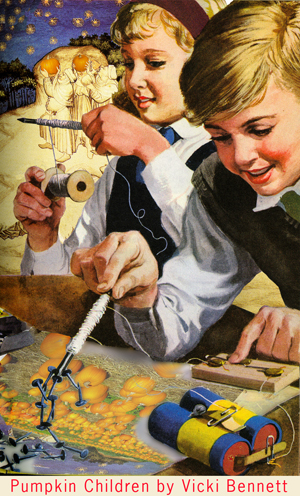
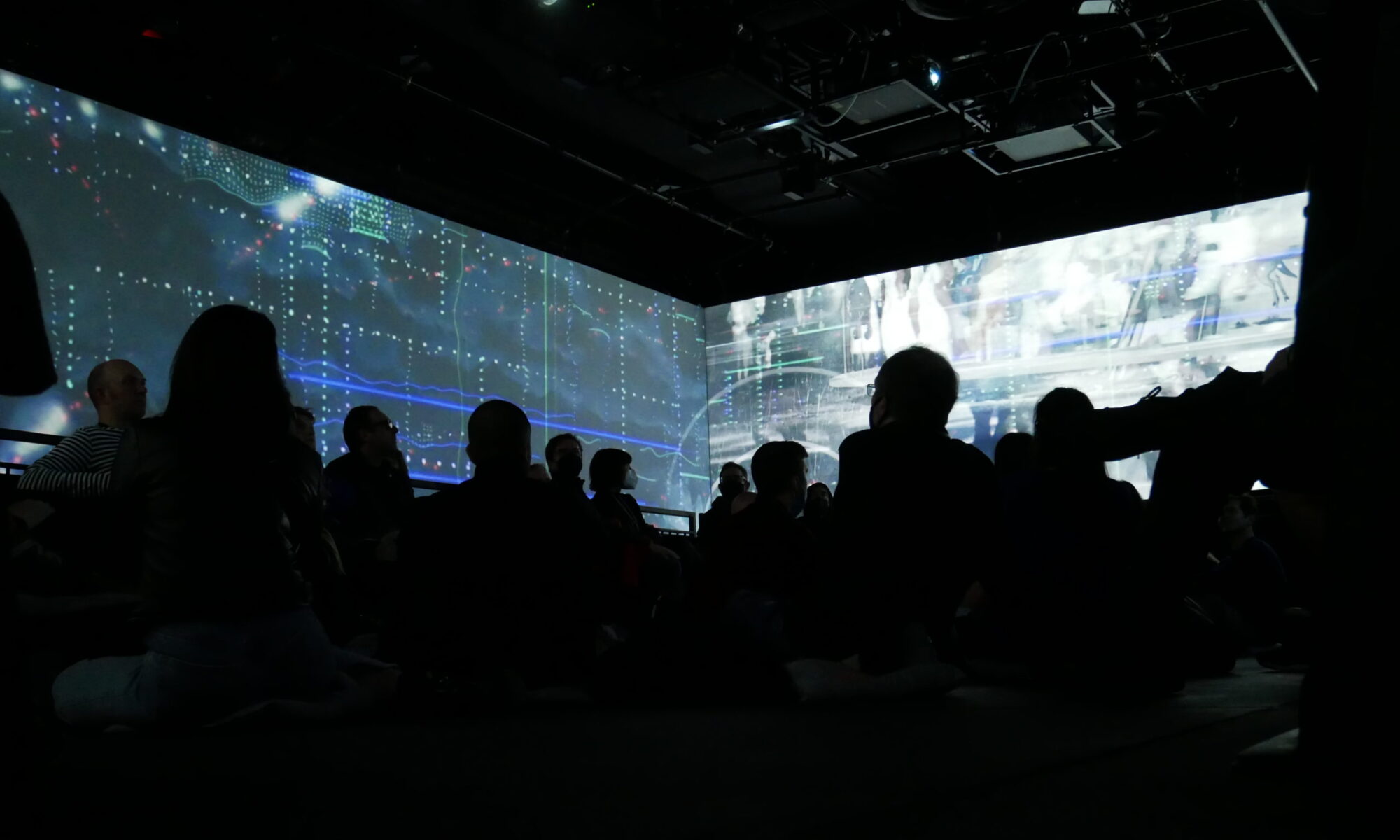

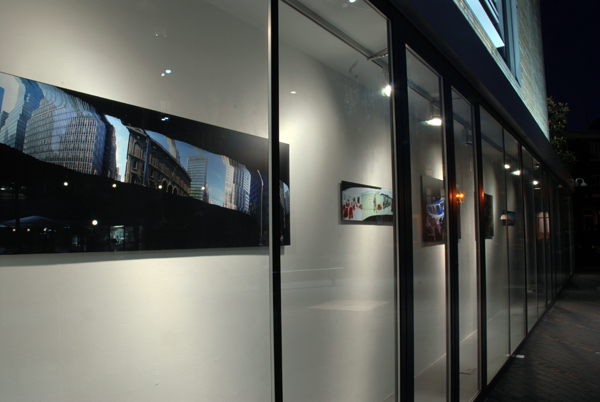
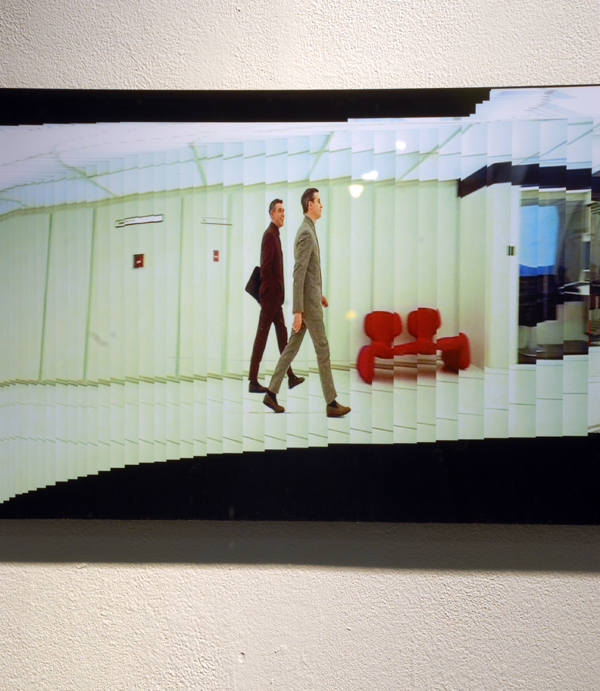
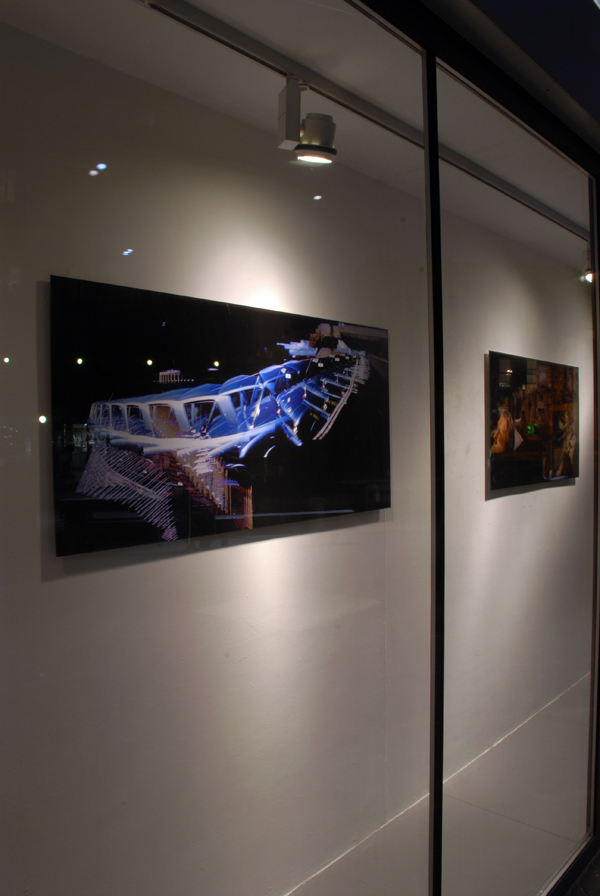
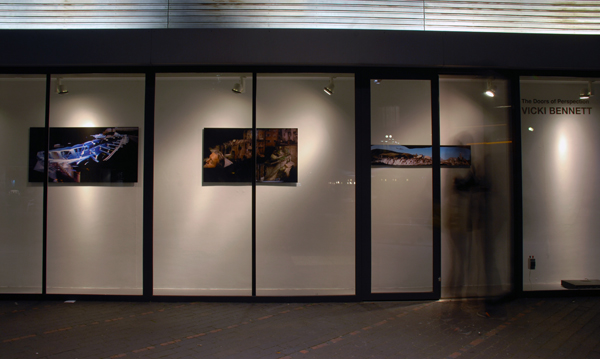

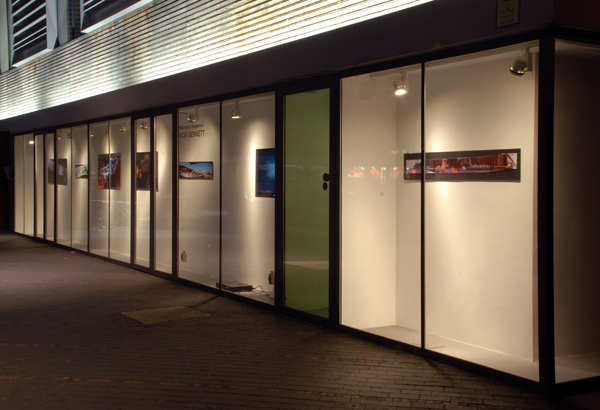
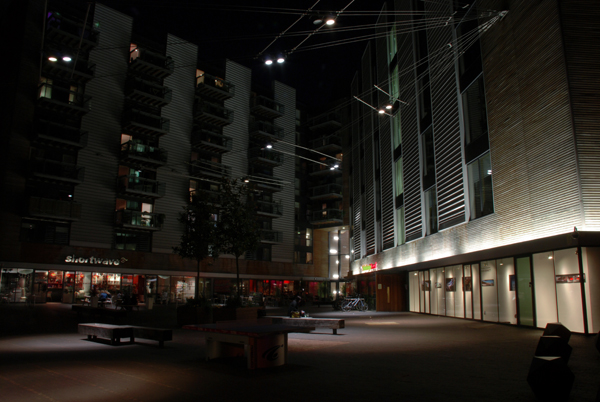





 People Like Us performed at
People Like Us performed at 